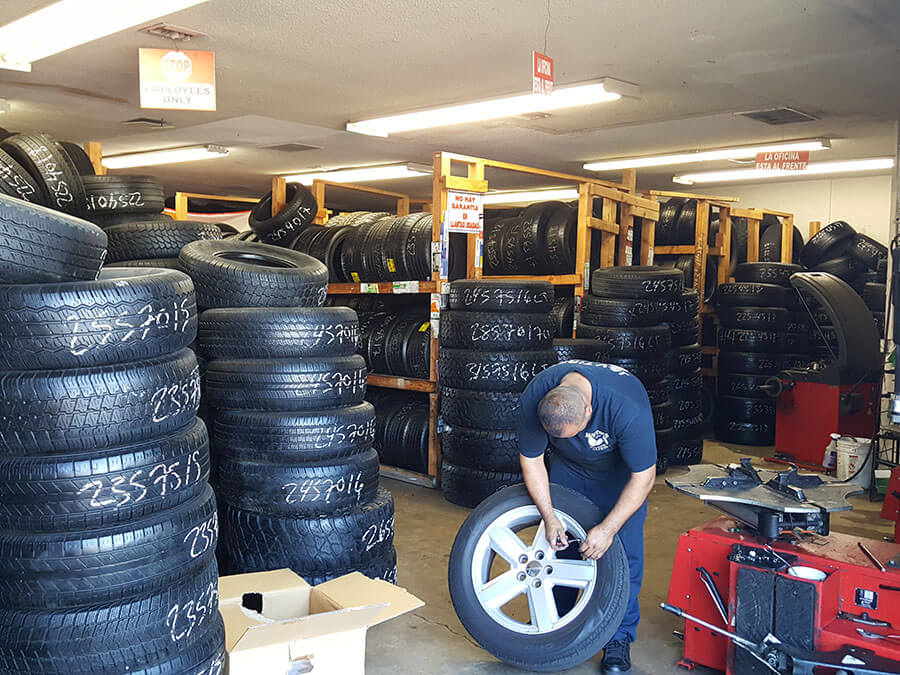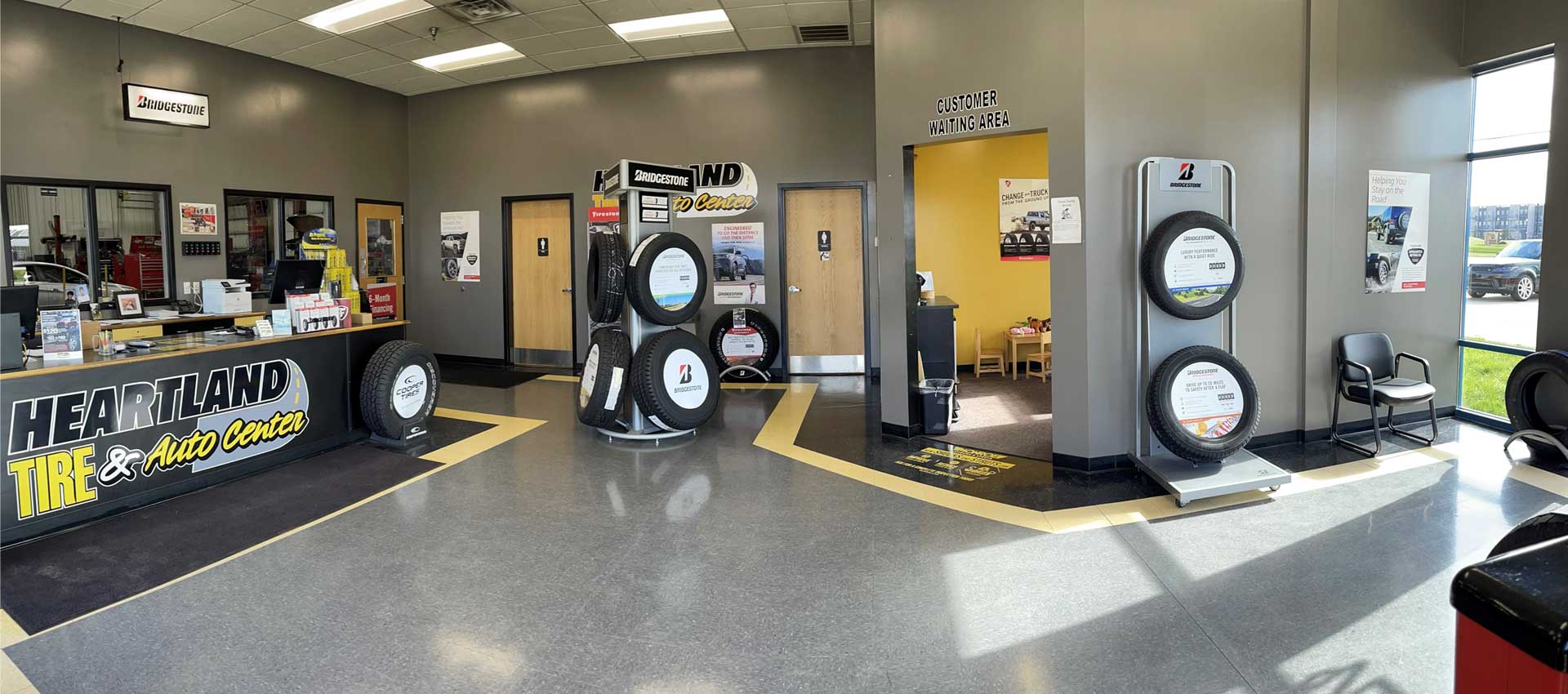Tire Solution: The Effect of Climate Condition
When it pertains to making certain optimum efficiency and security on the road, understanding the impact of climate condition on tire service is important. From scorching warm to icy roads, each weather element can substantially affect tire functionality and overall driving experience. By delving right into the impacts of differing weather problems on tires, motorists can acquire valuable insights that may boost their automobile's performance and long life. In this discussion, we will explore the complex relationship between weather and tire solution, clarifying the significance of weather-specific tire maintenance practices and considerations.
Warm and Tire Efficiency
When revealed to high temperatures, tires experience changes in performance that can considerably influence lorry security and handling. The warmth produced from prolonged driving or heat problems causes the tire rubber to soften, resulting in lowered walk life and enhanced wear. As the rubber ends up being softer, the tire's hold when traveling reduces, affecting braking ranges and total grip. In extreme instances, too much heat can also trigger tire blowouts, positioning an extreme safety and security threat to the car and its residents.
Moreover, high temperatures can increase the procedure of tire aging, causing the rubber to deteriorate much more quickly. To reduce the impacts of warm on tire performance, drivers need to routinely check their tire pressure, turn tires to ensure also wear, and examine for any kind of indicators of damages.
Winter Effects
Cold climate problems can have a substantial effect on tire efficiency and safety. As temperatures decrease, tire rubber can solidify, causing reduced traction on icy or snow-covered roadways. In winter, tires might likewise lose air stress more swiftly, which can influence taking care of and gas effectiveness. Furthermore, chilly temperatures can create tire sidewalls to stiffen, boosting the threat of damage from pockets or various other road threats.
To alleviate the results of cold weather on tires, it is critical to routinely inspect tire stress and inflate them to the manufacturer's recommended degrees. Utilizing winter season or all-season tires developed for cool climate problems can additionally boost grip and grip on icy or snowy roads - morris tire and alignment. Appropriate tire maintenance, consisting of routine examinations for wear and damages, ends up being much more crucial throughout cooler months to ensure ideal efficiency and safety and security
Rainy Issues Impact
Tires with damaged treads are more vulnerable to hydroplaning, where a layer of water develops up in between the road and the tire surface, leading to loss of traction. To combat this, chauffeurs need to consistently inspect their tires for adequate tread depth and think about spending in tires particularly created for damp problems.

Snow and Tire Safety And Security
When driving in snowy problems, having the best tires can make a significant distinction in security and efficiency. Winter season tires are designed with unique rubber compounds and step patterns to offer better grip on snow and ice compared to all-season tires.
Along with using winter months tires, it is essential to ensure they are appropriately inflated. Winter can trigger tire pressure to go down, influencing traction and handling (mopar tire service specials). Regularly checking and keeping the appropriate tire stress is important for ideal efficiency in snowy conditions

Weather-Related Tire Upkeep
When faced with various climate condition, appropriate tire upkeep ends up being an important element of vehicle safety and performance. Weather-related tire upkeep incorporates a variety of methods focused on ensuring optimum tire function and durability in various climate situations. One key facet of weather-related tire upkeep is tire pressure regulation. Varying temperature levels can trigger tire stress to description differ, influencing traction and gas performance. Frequently inspecting and adjusting tire stress according to producer referrals is crucial for risk-free driving in changing climate conditions. In addition, tire tread depth plays a significant duty in dealing with various climate elements. Tires with ample walk deepness supply better grip on wet or icy roadways, decreasing the threat of hydroplaning or skidding. When tread wear reaches a particular depth is important for preserving grip and stability in negative weather, examining tire step frequently and replacing tires. By focusing on weather-related tire upkeep, motorists can enhance security, enhance lorry performance, and prolong the life expectancy of their tires.
Verdict
In conclusion, weather problems have a substantial influence on tire performance and safety (discount read this article tires morris il). From warmth affecting tire stress and put on to cool weather reducing grip, it is necessary to take into consideration the weather condition when keeping and utilizing tires.
In this discussion, we will explore the intricate partnership between climate conditions and tire solution, shedding light on the importance of weather-specific tire maintenance techniques and factors to consider.
